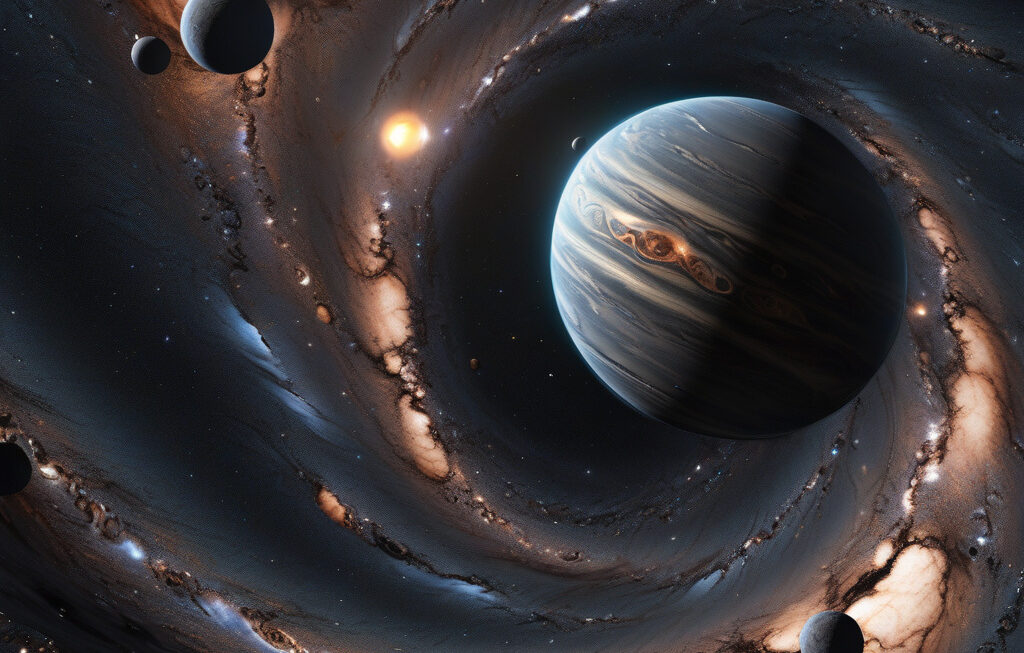Mars’ Lost Atmosphere Mystery Finally Unraveled by NASA After Spotting Sputtering for the First Time
Mars just gave up one of its oldest secrets — and it took a decade of meticulous observation and analysis by NASA to crack the code. The red planet, once believed to have had a thick atmosphere capable of supporting liquid water on its surface, lost that protective shield over billions of years. Scientists have long puzzled over the disappearance of Mars’ atmosphere and the subsequent loss of its water, but now, a groundbreaking discovery sheds light on this enigmatic process.
For the first time, NASA’s Mars Atmosphere and Volatile Evolution (MAVEN) mission has detected the sputtering process on Mars. Sputtering refers to the ejection of atoms from a solid or liquid surface due to the impact of energetic particles. In this case, MAVEN observed how solar wind particles interact with Mars’ upper atmosphere, causing the release of metal ions into space. This phenomenon plays a significant role in the gradual erosion of Mars’ atmosphere over time.
The findings from MAVEN provide crucial insights into the mechanisms driving atmospheric loss on Mars. By studying the sputtering process, scientists can better understand how a once-thriving planet transformed into the cold, desolate world we see today. It appears that Mars’ lack of a global magnetic field allowed solar wind to strip away its atmosphere, leading to the loss of water and the transformation of the planet’s climate.
This discovery not only helps unravel the mystery of Mars’ lost atmosphere but also has broader implications for our understanding of planetary evolution. By studying the processes that shaped Mars, scientists can gain valuable knowledge about Earth’s own atmosphere and how to protect it in the face of environmental challenges.
Moreover, the MAVEN mission showcases the power of long-term scientific exploration and the importance of perseverance in unraveling the mysteries of the universe. Over the course of a decade, NASA’s spacecraft has orbited Mars, collecting data and providing unprecedented insights into the planet’s atmosphere. This dedication to scientific discovery highlights the value of sustained investment in space exploration and research.
As we continue to unlock the secrets of our solar system and beyond, discoveries like the sputtering process on Mars remind us of the beauty and complexity of the universe. Each new piece of knowledge brings us closer to understanding our place in the cosmos and the forces that shape the worlds around us. With each breakthrough, we gain a deeper appreciation for the wonders of the universe and the ingenuity of the human mind.
In conclusion, NASA’s detection of sputtering on Mars marks a significant milestone in our quest to unravel the mysteries of the red planet. By studying this process, scientists have gained valuable insights into the evolution of Mars’ atmosphere and the factors that contributed to its transformation over billions of years. This discovery not only expands our understanding of planetary science but also underscores the importance of continuous exploration and discovery in expanding the boundaries of human knowledge.
#NASA #Mars #Atmosphere #MAVENMission #SpaceDiscovery












